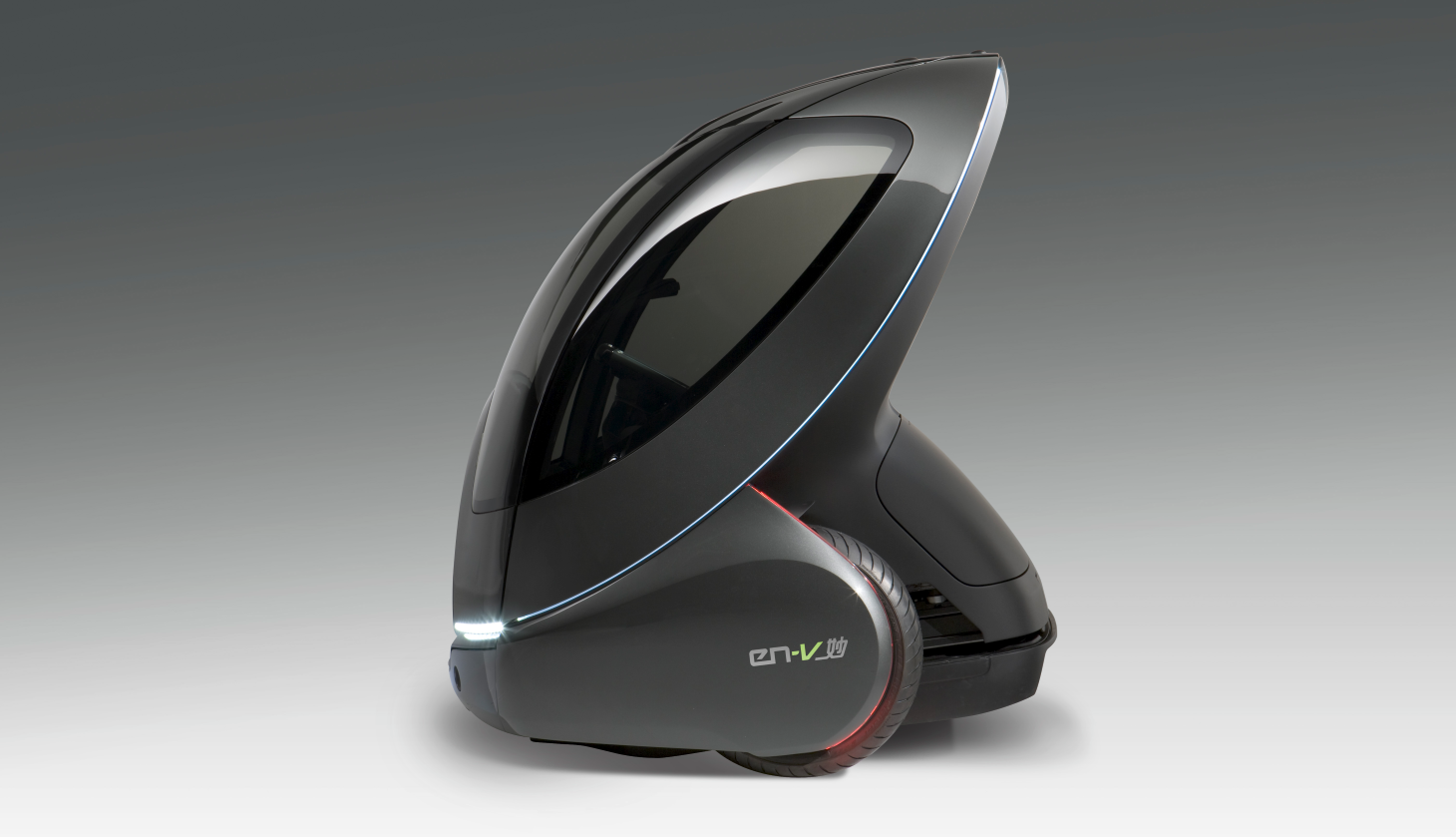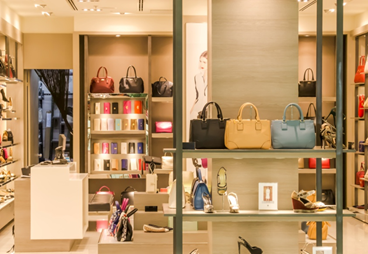Product Design: From the Sketchpad to the Store Shelf

What is product design?
Product design is an incredibly wide-ranging field limited only by the innovation skills of its practitioners. In essence, a product designer identifies a need, and designs a product to fill that need. A product designer could also modify or improve an existing product to improve its functionality or appeal.Product design covers a huge range of potential products. The product could be a new and improved mobile phone, or a fuel-efficient automobile. Maybe there’s a need for an innovative gym bag beyond the classic duffel bag, for either new sports in the 21st century, or a previously under-represented demographic, like the newly emerging baby boomers who want to keep fit as they enter their senior years. It could be a high-fashion item, or an industrial design.

What is the design process?
Identify a need and do your research
No matter what the product is, the process of developing, manufacturing, and marketing the new or improved product follows the same basic steps.First, the need is identified. Without a need being filled, you’re creating a gimmick with a limited shelf life. It’s best to first look at the market and decide what problem your product is going to solve, whether it’s improving an existing product or developing something completely new.
Next, you have to conduct research to see what’s already out there. You might find a similar product already out there. It might be time to move on to a different product idea entirely rather than waste time, money and resources duplicating an already existing product. However, if you find upon examination that the existing product could be made better, you might proceed to create that new and improved version.
Draw sketches and make a model
After you’ve decided what product you want to design, it’s time to start with the sketching. Throw ideas around with colleagues, and get them down on paper. Discard what doesn’t work, and refine the best ideas. Show them to as many people as possible to get feedback on what needs to be changed. The more thought and effort that you put into this stage, the more time and money you will save at the production end!It’s time to go from 2 to 3 dimensions. Your first model of your product doesn’t have to work, but you have to start to get an idea of what this product is going to look like. This is where you will work out the design bugs before actually starting production.
Market testing and Production
You then decide on a final design, and make fully functional prototypes for testing. This is when you start to bring in potential customers to see if your ideas will actually work in practice, and more importantly, if it’s a product that people will want to buy. Pay close attention to their feedback to make any final design changes before starting mass production.Once the product is on the market, your job isn’t over. Product design changes from year to year, as the designers and manufacturer get more feedback from consumers. It’s a continuous loop of listening to the customers, and refining the design to create a new and improved model which will better meet the needs of the public.
Product design is intrinsically meshed with marketing, as it is a field that depends on an understanding of what people need to or want to buy. Good product design will lead to quality consumer goods which will avoid the pitfall of being gimmicks with a short shelf life that end up being thrown away because they were not what the customer actually needed.